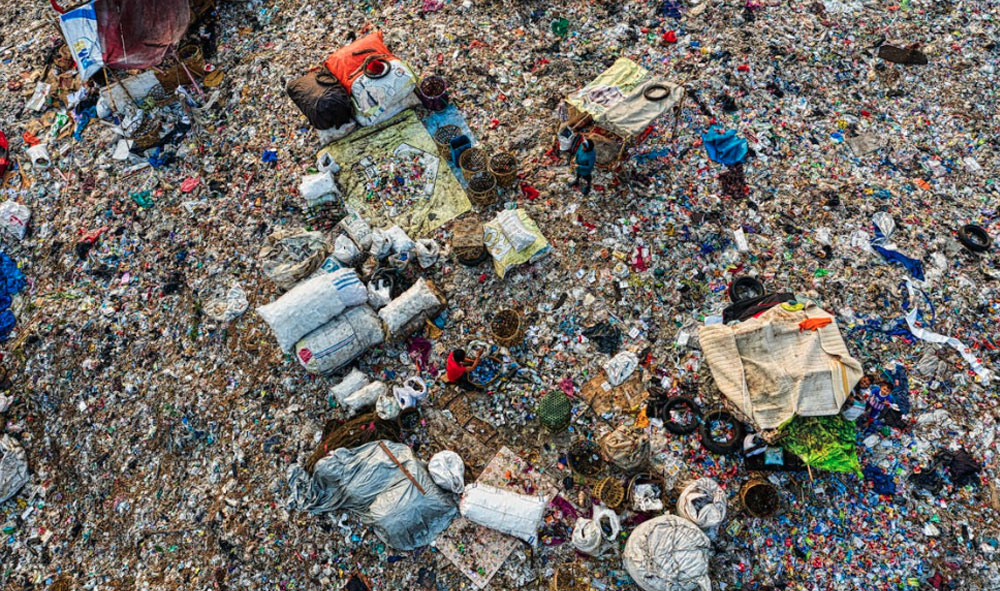 Time:2025-05-14
Time:2025-05-14
 Source:青绿环境
Source:青绿环境

1. Recyclables
- Definition: Waste that is suitable for recycling and resource utilization.
- Includes: Paper (newspapers, magazines, books, etc.), plastic products (bottles, bags, etc.), metals (aluminum cans, tin, etc.), glass (wine bottles, condiment bottles, etc.), textiles (old clothes, sheets, etc.).
- Treatment Method: Should be cleaned and placed into specially designated recyclable waste collection containers for further processing by professional recycling companies.
2. Hazardous Waste
- Definition: Waste containing substances that pose direct or potential hazards to human health or the natural environment.
- Includes: Used batteries (rechargeable batteries, button batteries, etc.), waste fluorescent light tubes, expired medicines and their packaging, paint cans, pesticide containers, etc.
- Treatment Method: Must be stored safely and handed over to qualified units for harmless treatment to avoid environmental pollution caused by indiscriminate disposal.
3. Kitchen Waste (Wet Waste)
- Definition: Organic waste such as leftover food, fruit peels, and bones generated from daily diet.
- Includes: Food scraps, vegetable leaves, fruit shells, tea dregs, etc.
- Treatment Method: Can be composted to produce organic fertilizer, or processed through anaerobic fermentation to generate biogas for energy recovery.
4. Other Waste (Dry Waste)
- Definition: Waste that is difficult to recycle and is not included in the above categories, such as bricks, tiles, ceramics, toilet paper, and dust.
- Includes: Broken ceramics, toilet paper, cigarette butts, disposable tableware, etc.
- Treatment Method: Generally treated by incineration or landfill, but efforts should be made to reduce the production of this type of waste.
Implementation Steps:
1. Publicity and Education: To raise public awareness of the importance of waste classification and to disseminate knowledge about waste sorting.
2. Facility Provision: Setting up different types of trash bins in residential areas, public places, etc., with clear labeling.
3. Classification and Disposal: Encouraging residents to accurately sort and dispose of waste into the corresponding trash bins as stipulated.
4. Regular Cleaning: Ensuring that trash bins are cleaned in a timely manner to prevent the spread of odors and the breeding of germs.
5. Supervision and Feedback: Establishing an effective supervision mechanism to correct improper behavior in a timely manner, and to collect public opinions to continuously improve management measures.
By following the above guide, the classification and treatment of domestic waste can be effectively promoted, which helps protect the environment and conserve resources. With the progress of technology and the improvement of social awareness, the methods and technologies for the classification and treatment of domestic waste are also continuously developing and improving.













 Prev
Prev











